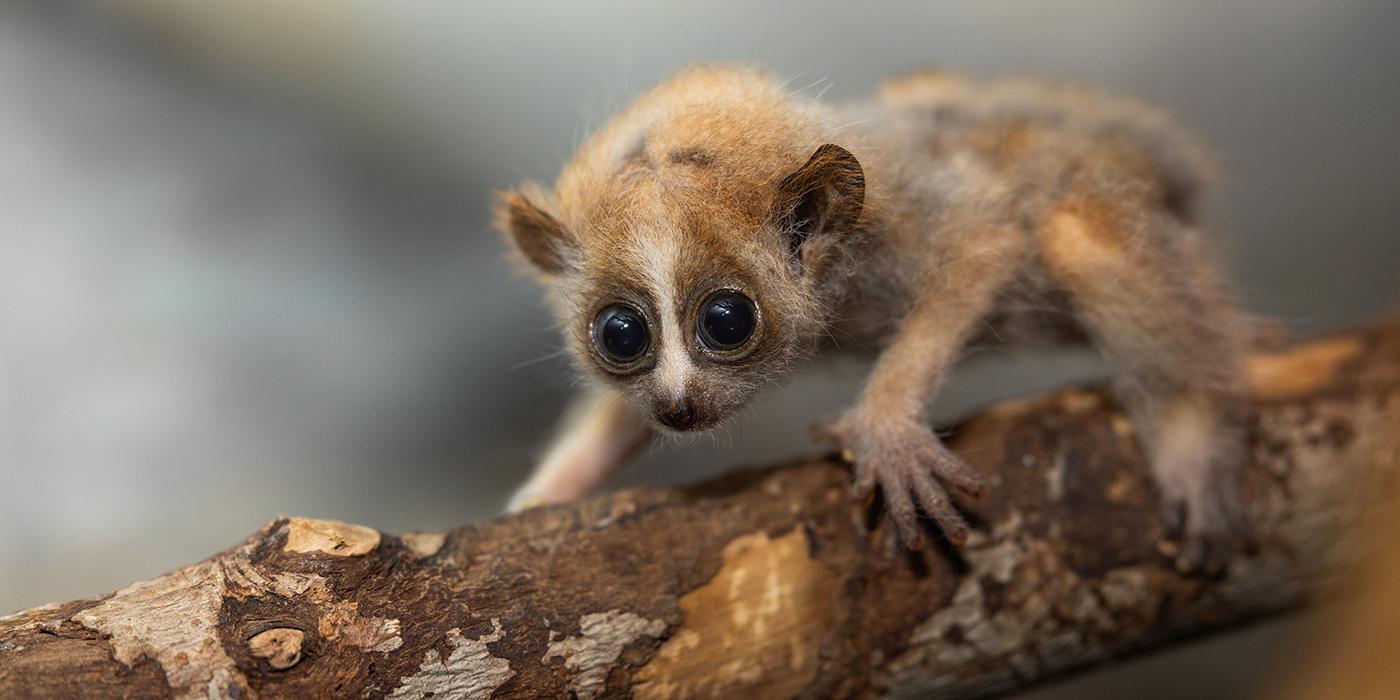Cheetah Cubdate #18: Eating from Individual Bowls
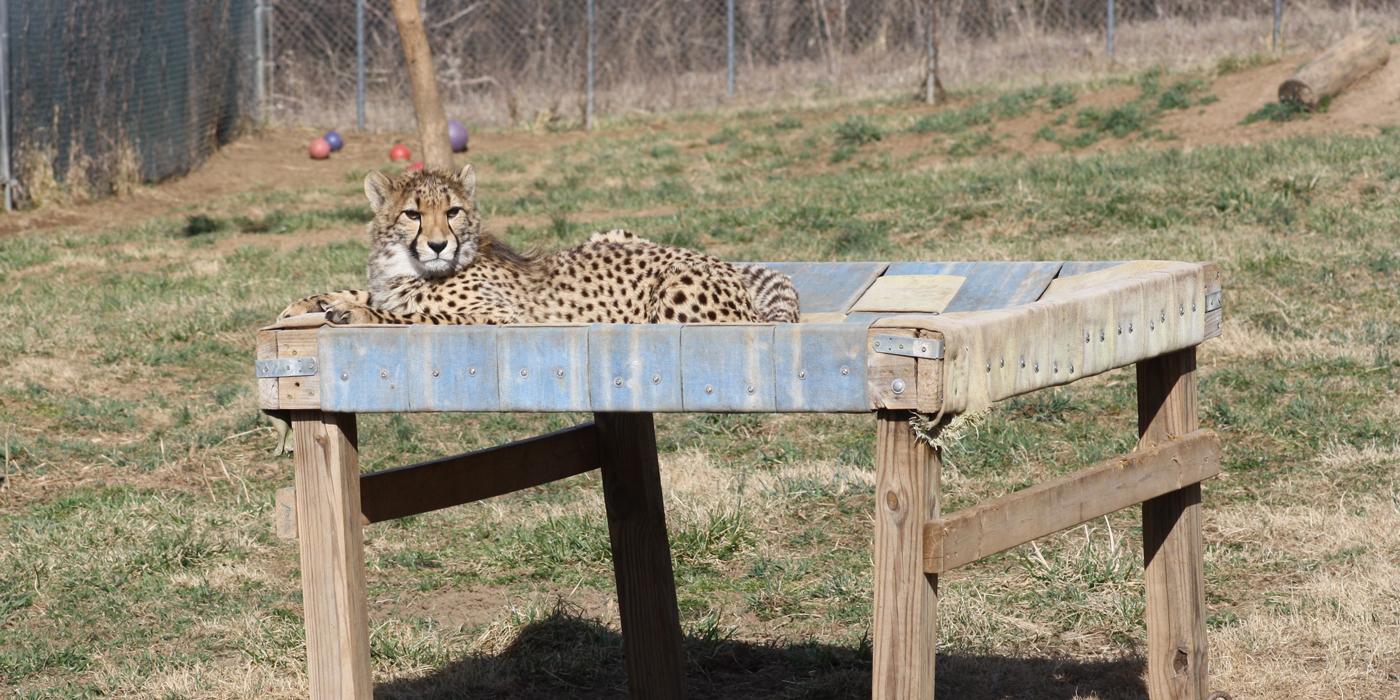
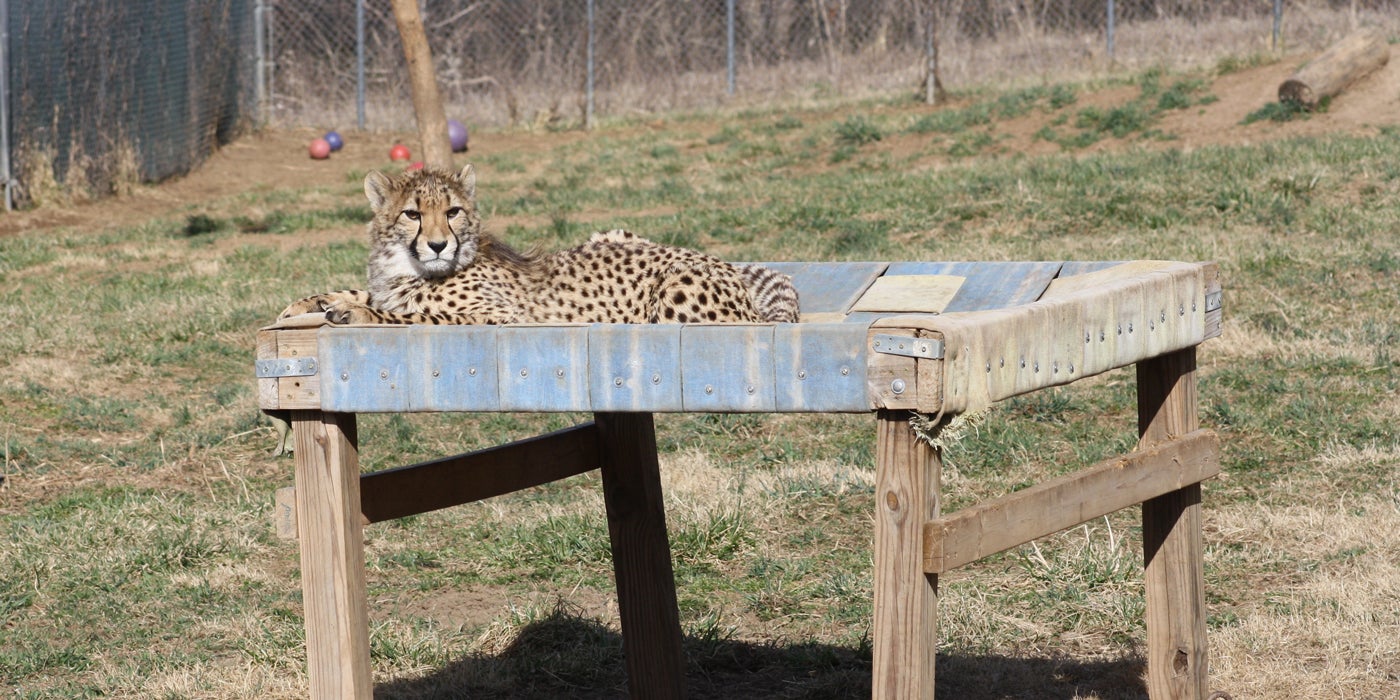
As cheetah cubs get older, it becomes increasingly important for us to work with and train them individually. This helps us better understand what is normal for each cub in terms of their health and care. Over the next year or so, Echo’s cubs will slowly separate from her and may even get a breeding recommendation at another zoo. Experience working with the cubs individually prepares them (and us) for their future.
One way we work toward this is through bowl training – training each cheetah to eat from their own bowl, apart from their family. Until now, the cubs and Echo have all been eating together from two trays of meat.
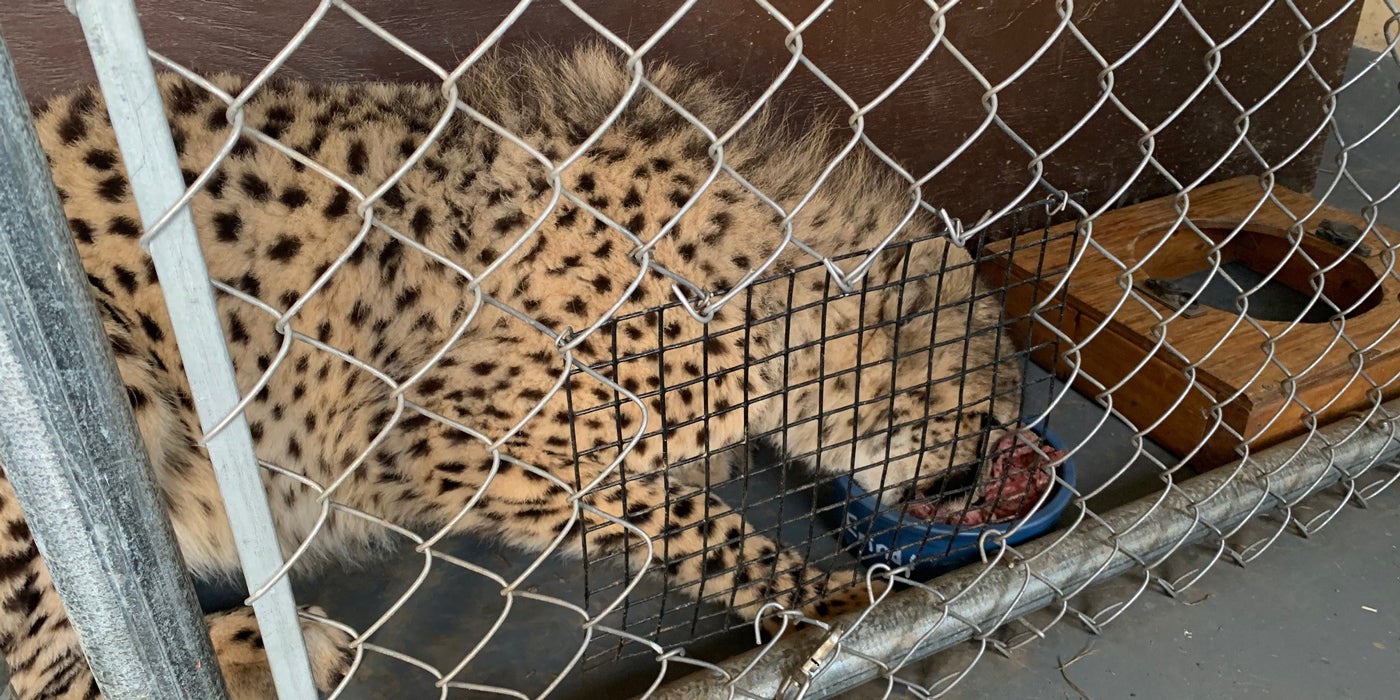
Bowl training is a slow process. We usually start small by pairing or grouping the cheetahs. For example, we may have two cubs in a stall together eating from separate bowls, so they are still with at least one member of their family.
The hardest part is getting the cubs arranged to eat on their own. Moving them from one area to another, called shifting, is a challenge because they all want to eat now. Having a few extra treats, like horse meat or a bottle with beef blood, on hand for shifting helps!
Because this is all new for Echo and her four cubs, we try to take advantage of opportune moments. Last week, for example, Erindi, Amabala and Hasani went into a small yard that neighbors their main yard. This allowed us to easily separate them from Echo and Jabari for mealtime.
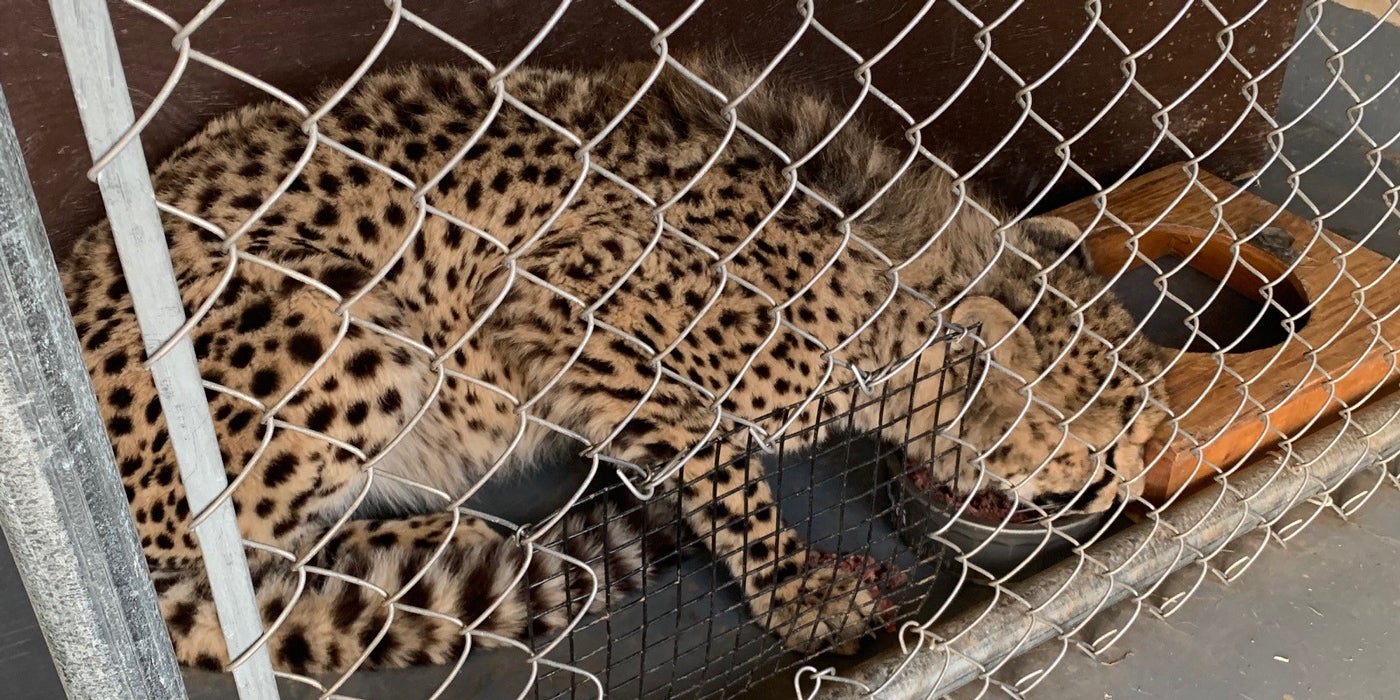
Later that same day, all four cubs ate from their own bowls! Even Hasani, who used to be very skittish without his littermates, has been doing well eating by himself. It was a lucky day. The cubs ate in the stalls where we practice injection training, so we were able to repeat the training.
All our cheetahs are routinely vaccinated, and we train them to accept their vaccines via pole syringe. We touched the cubs lightly on their back thighs with a pole syringe (without a needle) as they ate. They have been very unconcerned with us touching their hips, which is exactly what we want. This is a great indicator that the injection training is already going well.
After the cubs eat all their food, their curiosity and playfulness return. They sometimes knock their bowls around or carry them outside to play.
At their most recent weigh-in, Jabari weighed in at 76 pounds (34.5 kilograms), Hasani at 72 pounds (32.7 kilograms), Erindi at 67.5 pounds (30.6 kilograms) and Amabala at 64.6 pounds (29.3 kilograms).
Be sure to read the previous updates on Echo and her four cubs!
Related Species:


